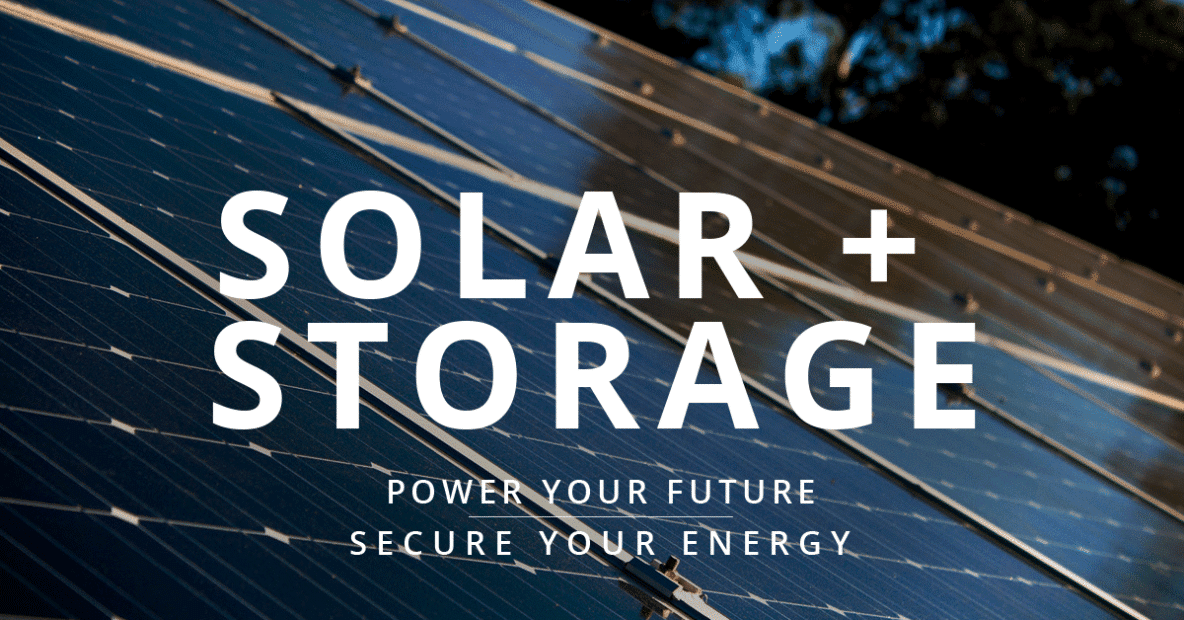Disaster threatens to strike in the homes of four million Americans living in Oregon, one of three states sharing proximity with the Cascadia Subduction Zone. The two converging boundaries of tectonic plates that span from Vancouver Island to Northern California pose an unprecedented threat to the day-to-day lives of those who reside along the West Coast. Put simply, activity in Cascadia harbors potentially devastating effects, the least of which could wipe out most of Oregon’s power grid. In situations like these, solar energy becomes a key factor in distinguishing the refugees from the resourceful.
Unfortunately, Americans don’t need to peer into the future to predict the impact of a wide-scale electricity crisis.
For U.S. territory Puerto Rico, the devastation caused by Hurricane Maria on September 20 of 2017 remains a major challenge. Millions lost access to medical care and clean drinking water due to a prevalent lack of electricity across the island. This widespread destruction sparked Power on Puerto Rico, a partnership between Amicus Solar Cooperative, international relief organization AMURTEL, and photovoltaic installer Sunlight Solar Energy to bring light back to communities where Maria hit hardest. For those who were living in the dark, solar energy provided more than just electricity; it gave them hope in the promise that they were not alone.
“We changed the rules when it came to bringing power to Puerto Rico,” says CEO and founder of Sunlight Solar Energy Inc., Paul Israel. “In the time it takes to repair broken power lines in remote communities, we will have produced and launched multiple off-grid, portable solar systems with the ability to boil water, charge cell phones, and keep the lights on until grid-based power is restored.”
The key to making this project possible is off-grid solar. Converting sunlight into electricity is a process that involves many different components, including panels, inverters, and a bank to store the energy until it is needed. Most solar installations are grid-tied, where utilities serve as a bank to absorb excess kilowatt hours produced by solar panels. The utility counts and credits those hours to the solar owner, and that energy redirects toward other homes tied to the grid in a process known as “net-metering.”
Many are surprised to learn that homes with solar net-metering will also lose power during a blackout. Since solar panels frequently produce more than a home consumes in daytime hours, the grid steps in and serves as that system’s battery storage to ensure the excess energy is either saved for later use or redistributed. Electricity travels both ways on a net-metered powerline, so when a line goes down and needs to be repaired, electricity flow ceases, thereby ensuring that a repairman can safely fix the broken links. For this reason, many homeowners who choose to go solar also choose to take their energy into their own hands with solar + storage.
Solar panels with battery backup eliminate the need to rely on grid-based power altogether. During a blackout, batteries feed directly into a home’s critical load panel and prevent power loss. Some examples of critical loads are lights, refrigerators, freezers, power outlets, microwaves, water pumps, and other essential appliances.
Oregon homeowners who are concerned about an impending Cascadia earthquake and tsunami either elect to reinforce their solar panels with in-home batteries or are willing to take their chances with the grid. For those who live in rural areas, however, their homes are more likely to have an unstable connection to the grid and experience longer power outages. It is not uncommon to see a rural home with solar panels. In fact, many remote buildings are not connected to a utility at all due to the high costs of erecting power lines over a long distance. Individuals who settle in rural places are typically seeking a “getaway” from utilities and the other annoyances of metro life. Solar + storage lets them do it.
Another reason why homeowners choose battery storage is because of utility costs. In the evening, when panels are not producing, utilities will sometimes charge more to pull energy. Net-metered kilowatt hours lose value as prices peak at night, but with battery backup, solar-generated electricity maintains its value and goes directly into the home, bypassing the utility’s system for measuring and pricing energy production.
When it comes to protecting the planet through renewable energy, solar is the clear solution. When it comes to protecting the home, however, the solution becomes solar + storage. Homeowners should consider their individual electricity needs before committing to any solar-related upgrades, but for those who value security, are living in areas with unstable grids, or want to avoid utility charges, batteries make it possible for them to take the next step toward energy independence.

